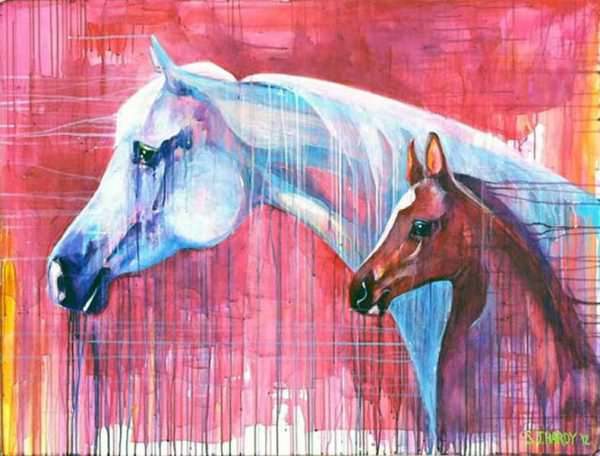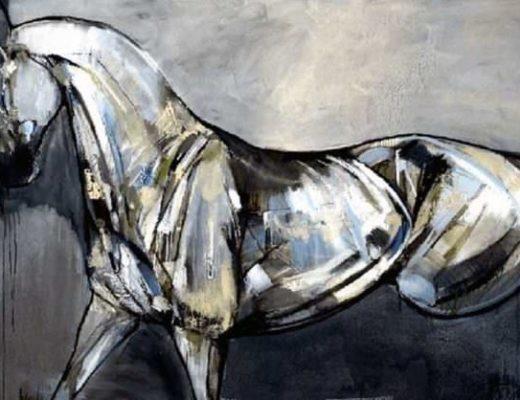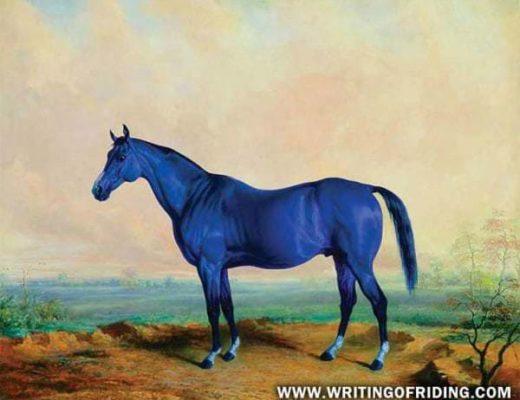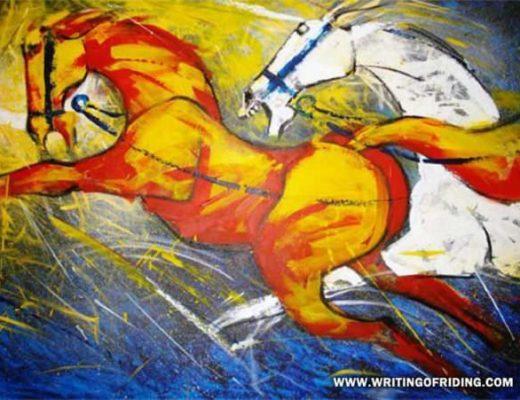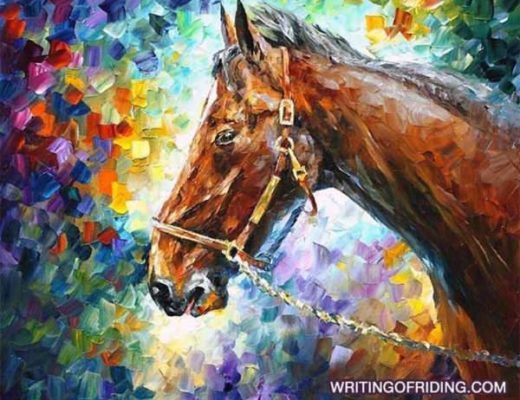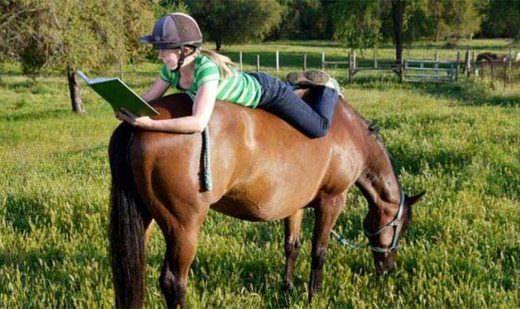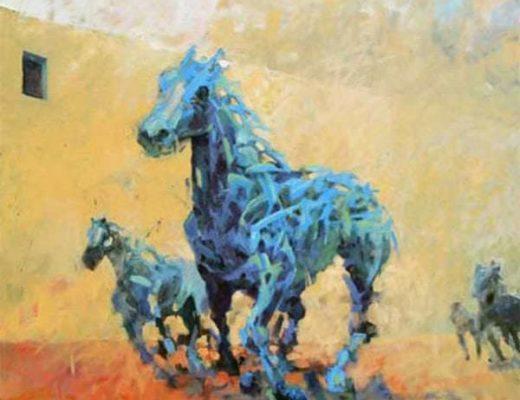Checking in.
Last week, The Eighth Week. Recovering a sense of Strength
This week tackled another major creative block: time. You explored the ways in which you have used your perception of time to preclude taking creative risks. You identified immediate and practical changes you can make in your current life. You excavated the early conditioning that may have encouraged you to settle for far less than you desire for your life.
Did you do the task list? How was that? What was the hardest or most interesting part of the tasks?
How many days this week did you complete the morning pages? How was the experience of the morning pages this week?
Did you do your artist date this week? What did you do? How did it feel? Are you finding it any easier to contemplate delighting yourself in small ways? In large ways?
Did you experience any synchronicity this week? (Magical coincidences that supported your stated aim?)
Week 9:
Recovering a Sense of Compassion
Remember: Creativity is the natural order of life. Life is energy: pure, creative energy. There is an underlying, in-dwelling creative force infusing all of life — including ourselves. It is safe to open ourselves up to greater and greater creativity. Our creative dreams and yearnings come from a divine source. As we move toward our dreams, we move toward our divinity.
Man is not free to refuse to do the thing which gives him more pleasure than any other conceivable thing.
Stendahl
It don't mean a thing if it ain't got that swing.
Duke Ellington & Irving Mills
Learning is movement from moment to moment.
J. Krishnamurti
We learn to do something by doing it. There is no other way.
John Holt, educator.
The Ninth Week. Recovering a sense of Compassion
This week finds us facing the internal blocks to creativity. It may be tempting to abandon ship at this point. DON'T! We will explore and acknowledge the emotional difficulties that beset us in the past as we made creative efforts. We will undertake healing the shame of past failures. We will gain in compassion as we re-parent the frightened artist child who years for creative accomplishment. We will learn tools to dismantle emotional blocks and support renewed risk.
Fear.
One of the most important tasks in artistic recovery is learning to call things — and ourselves — by the right names. We want to be creative and successful, and we are blocked. We call it laziness, we call it a lack of guts, we call it a lack of talent, we say, “I just never rise to meet my potential.” We chew on our own hearts and tear at ourselves with criticisms, comparisons, and abuse. This is not merely inaccurate. It is cruel. Accuracy and compassion serve us far better.
Creative people who are blocked are not lazy, gutless, or wicked. They are blocked.
The blocked creative is not lazy. She spends an inordinate amount of energy on self-hatred, on regret, on grief, and on self-doubt.
The blocked creative doesn't know how to take baby steps, to return to the beginning. She only knows how to take on HUGE MEGA-TASKS. Measuring her own worth in outer terms of success, her inner critic refuses to demean herself by taking on the small stuff. Do not call the inability to start laziness, lack of talent, or lack of guts, or whatever your own put-down line is.
Do not call it by these wrong names. Call it what it is. Call it fear.
It may be a fear of failure, it may equally be a fear of success. Taking on something as impractical as art, as horseback riding, means you're bucking the system. You are following something that is governed by your inner heart, and determined by your feelings and perfected by your own expression of your self. Your inner artist child knows she's standing in the face of the powers that be — so she feels a huge weight on her shoulders. To justify this deviation from the norm, to justify the worries her parents feel, she has to be not just an artist, not just a horsewoman, but a GREAT one. We yearn to ride, but at the same time, we feel a sense of guilt for choosing a path that is not the standard five flavors road to success. We're afraid to let our families down. We're afraid to let ourselves down.
We also are afraid that if we become a master, it won't be as wonderful as we imagine it to be. What if we make all that effort and then find it dry and empty? Or we lose interest? Or become a jerk, or … as many idols as we have in the field of horsemanship, we have that many examples of flawed human beings. Some dreadfully flawed. Thinking like children, it's no wonder that we fear success.
The need to be a great horse master makes it hard to simply be a horseman.
The need to produce great results makes it hard to get into the barn at all.
Finding it hard doesn't mean you can't do it. It means you need support. From your higher power, your supportive friends, and from yourself. You have to start by giving yourself permission to make tiny baby steps, to go back to the beginning as often as it is time to do so, and to reward the baby steps you take. Setting impossible goals creates enormous fear, which creates procrastination, which we wrongly call laziness.
Do not call it laziness. Call it fear.
There is only one cure for fear. The cure for fear is love. Use love for your inner artist child to cure its fear. Stop yelling at yourself. Be nice. And call fear by its real name. Fear.
Enthusiasm.
People will tell you, “It must take such discipline to learn to ride so well.” What a seduction, they invite us to preen as though we are some kind of Spartan hero. This image is false. Military discipline will carry you forward only so far. The discipline itself, not the creative act, becomes the point, and locked into our regime we feel we've answered the call. We have, but the quiet voice of the inner artist child is not the call we answered.
Being an artist, tapping into that creative voice, requires enthusiasm more than discipline. Enthusiasm is not an emotional storm, it is a spiritual commitment. A loving surrender to our creative process, to all the creativity around us. The word Enthusiasm comes from the Greek: “Filled with God.” It is an ongoing energy grounded in play, not work. Our inner creative spirit is a child at play, and we want to play with her. It is joy, not duty, that bonds that child to her playmates.
You may set a regular schedule, but it is to meet up with that artist child. Treat work as play. Make your workspace a play space, make it magic. Remember that art is a process — and riding is an art. The process is supposed to be fun, it's our creative self at play in the field of time. And at the heart of this play is the mystery of joy.
Creative U-turns.
Recovering from artists block requires a commitment to health. At some point, we must make an active choice to relinquish the joys and privileges accorded to the emotional invalid. A productive artist is quite often a happy person. This can be very threatening as a self-concept to those who are used to getting their needs met by being unhappy. We often have a whole lot of ego invested in our uniquely tragic back stories and our special, troubled lives. Deciding to define ourselves as successful and happy means no longer having that persona as the center of our being. This can be very disorienting.
“I'd love to do that, but, you see, I have these crippling fears…” gets us a lot of attention. We can get threatened by the changes within ourselves as we begin to get functional. Addicted to sympathy, we tend to sabotage ourselves when we become threatened by the potential loss of that crippled ego. Where will our value lie if not in the kindly eyes of listening friends? What else is there? Best go back to being unhappy and stuck, it's familiar.
We usually commit artistic hara-kari on the eve of, or in the wake of a success. We make a little progress, feel the shift, and immediately scurry back to our broken but familiar cave. The block is so safe.
An artistic U-Turn arrives on a sudden wave of indifference. “What does it matter? It's just a start, it's nothing compared to the others, sure I can accomplish this new thing — but in the end, it's just nothing.”
A student travels thousands of miles to work with a modern horse-master. She gets partially through the program, then begins to doubt she's getting anywhere. She decides to see the master as unapproachable and begins to train herself, rotating slowly in circles around information she understands on a superficial level. She makes little progress. She decides horsemanship is impractical and begins to look for work as a short-order cook.
A rider finds the rein aids confusing. Instead of getting clarification on them, she decides that she's too stupid or not worth the teacher's time to correct the mistake. Or maybe she just decides she's no longer interested. She stops trying.
Typically these creative U-Turns give us a double dose of shame. First, we are shamed by our fear, then by our reaction to it. ALL careers have these moments.
How do you deal with these creative U-Turns? Extend ourselves sympathy. Think of them as recycling times — if you approach a jump on a skittish horse and it refuses, do you then beat the bejesus out of the horse? Permit the refusal? No, you circle and come again.
As much as talent, the ability to avoid or regroup and recover from artistic U-Turns marks the career of every successful person in every field. The trick is to recover from them, not to succumb to them.
Think of your creative self as a young, skittish horse. It may try every evasion, it may resist with force, with weight, with aggression, with bolting off the field — your task is to stay calm, reintroduce calm to the horse, and stay focused on the task at hand.
Look at the field — what is most frightening to you about the task at hand? Is it approaching your riding instructor? Is it looking silly in front of other riders? Is it letting your parents down? One trick seasoned jockeys do is they put a nervous young horse in the slipstream of a seasoned campaigner. You can do this too. If your instructor intimidates you, ask another rider how they deal with the instructor. If it's a fear of humiliation, check in with someone you admire and find out how they dealt with that — they did, we all do. Once we admit the need for help, the help arrives. Remember synchronicity? Once we get off it about having to be self-sufficient and say out loud — to friends, in our morning pages, to instructors… out loud, that we need help, stuff happens.
Blasting Through Blocks.
In order to work freely on any project, the creative person must be at least functionally free of resentment (anger) and resistance (fear). This means buried barriers, including buried payoffs to not working, must be aired to let you move freely.
Blocks are generally not mysterious, they are recognizable defenses against what is perceived (rightly or wrongly) as a hostile environment.
Remember the creative part is a child part. It sulks, throws tantrums, hides under the covers. It falls to you to be the warrior, champion, parent, guardian who makes the environment safe and convinces the artist child to come out and play.
It's a good idea to start any new project with a few questions that help remove the bugaboos between your artist child self and unobstructed flow of creative energy.
An Exercise
- List any resentments (anger) you have in connection with this project, no matter how petty or nitpicky. To the inner child, they are grudges: Really Big Deals.
- Ask your inner artist self to list any fears about the project and anyone connected with it. Bi or small fears, just list them.
- Ask yourself if that is all. Left anything out? Any anger? Any other fears? Get it on the page.
- Ask yourself what you stand to gain by not doing this piece of work. “If I don't pursue my riding, I can't fail at it… or I can always blame my horse/trainer/instructor for my loss instead of myself… or…”
- Make your deal. The deal is “Okay, Creative Force, you take care of the quality of the work, that's your department. I'll take care of showing up and doing the work. Just doing it is my department.” Write this down as an agreement. Sign and date it.
A word of warning. This is a very powerful exercise, and it can do fatal damage to a creative block.
Tasks.
- Read your morning pages! Have two colored markers in hand. One to highlight insights, one to highlight actions that need to be taken. DO NOT JUDGE YOUR PAGES, YOUR WRITING, OR YOURSELF. This is VERY important. They will be boring, they will natter on and on, they will be painful. Consider them a map, consider them information: not an indictment.
- Take stock. Who have you been most complaining about? What have you been procrastinating on? What have you allowed yourself to change or accept?
- Take heart. Many of us notice an alarming tendency toward black and white thinking: He's terrible. She's wonderful. I love him. I hate him.
- Acknowledge. The pages have allowed us to vent without self-destruction. Give yourself credit for undertaking them. And give them credit for the changes and growth they've fostered.
- Visualizing. You have already done work with naming your goal and identifying it's true north. The following exercise asks you to fully imagine having your goal accomplished. Please spend enough time to fill in the juicy details that would make the experience truly wonderful for you.
- Name your Goal. I am ______________.
- In the present tense. Describe yourself doing this at the height of your powers. This is your ideal scene.
- Read this aloud to yourself.
- Post it above your work area.
- Read this aloud daily. “I am …. ______________, and the description.”
- For the next week, collect pictures of yourself and combine them with magazine pictures to collage your ideal scene. Seeing is believing, the added visual cue of your own face in with the ideal scenario makes it far more real.
- Priorities: List for yourself your creative goals for the year. List for the month. For the week.
- Creative U-Turns. All of us have taken these. Name one of yours. Name three more. Name the one that just kills you.
- Forgive yourself. For all failures of nerve timing, faith or initiative. Devise a personalized set of affirmations to make this work better when you're up against it next time.
- Very gently, very gently, consider whether any aborted, abandoned, savaged or sabotaged brain children can be rescued. Remember: you are not alone, all of us have taken creative u-turns.
- Choose one. Retrieve it. Mend it.
- Do not take a creative U-Turn now. Instead, notice your resistance. Morning pages seem too difficult, too time-consuming, pointless, stupid, just one more meaningless task in a sea of meaningless tasks? Do them anyway.
- What creative dreams are lurching toward possibility? Admit they frighten you.
- Choose a creative totem. It may be a doll, a stuffed animal, a carved figure. Choose something you feel a protective fondness toward. Give your totem a place of honor. Now honor it by not beating up on your creative child.
